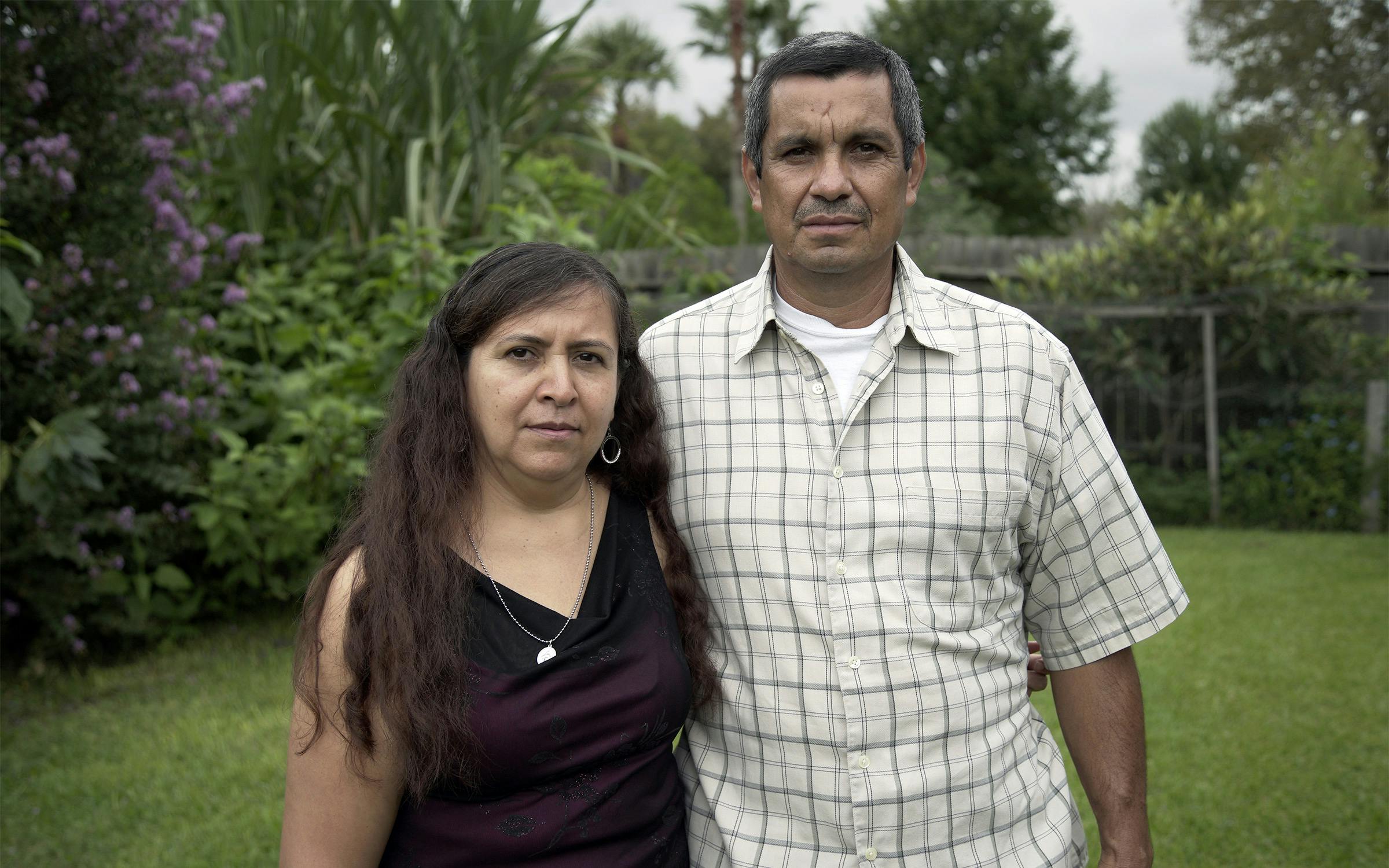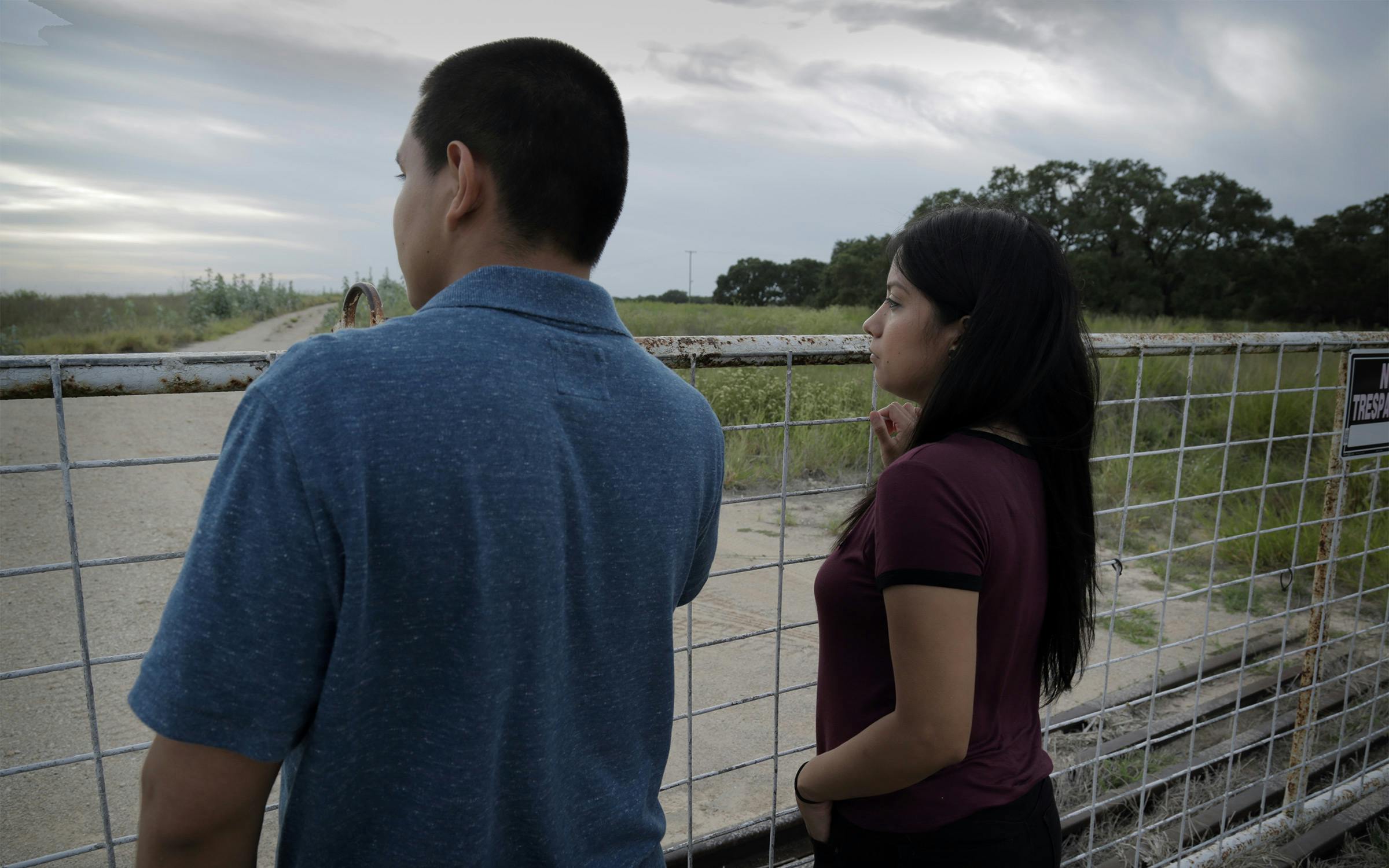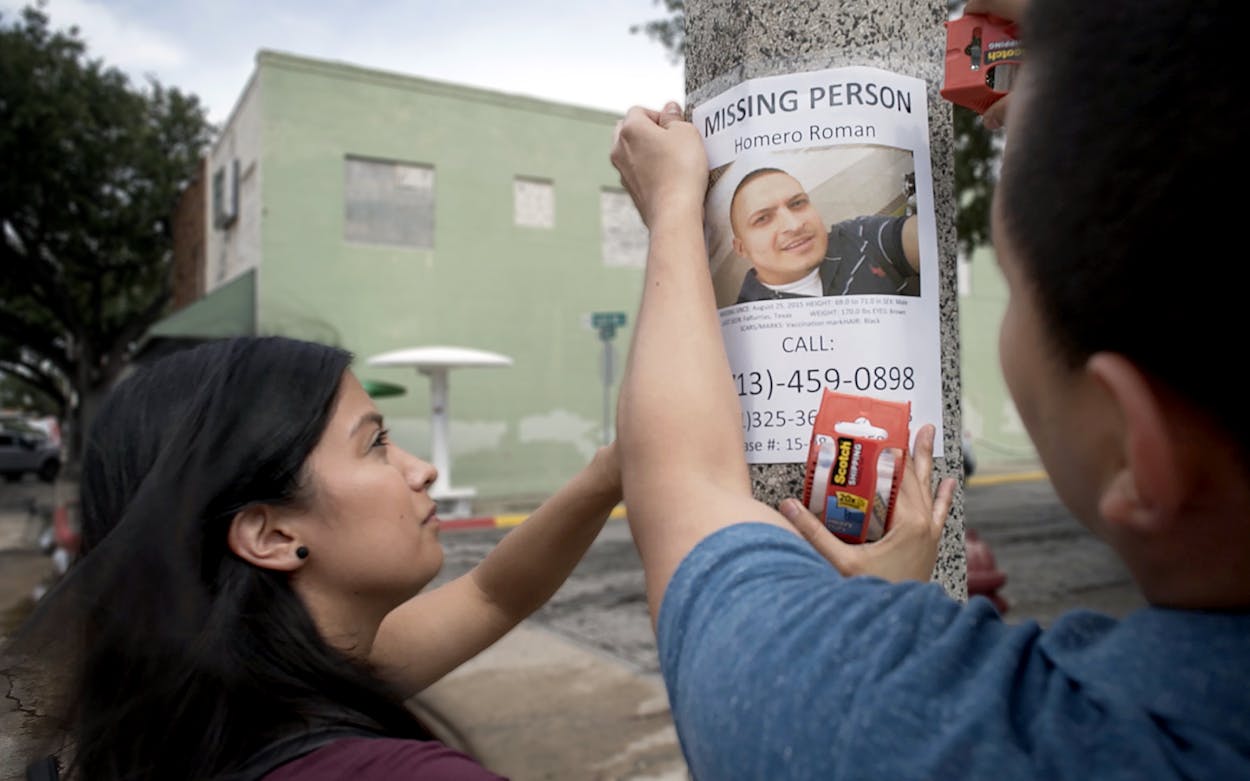For five years, Omar Roman-Gomez and his family have been desperate for closure.
Since 2015, when his older brother Homero Roman went missing after crossing the border from Mexico into the U.S., Roman-Gomez, his parents, and younger siblings have run through every possible scenario: maybe he lost his memory, maybe someone picked him up on the side of the road, maybe he got lost, maybe … They’re still afraid to think the worst.
Homero was just five years old when his parents brought him from Michoacán to Houston, and he spent the next twenty years living in the U.S., undocumented. But a routine traffic violation upended everything. He was deported back to Mexico—a country he hardly remembered—to live with relatives he hadn’t seen since he was a child. He tried to make it work, but being separated from his parents and siblings was too difficult. Homero paid a coyote who said he’d help him cross the Rio Grande and circumvent the interior Border Patrol checkpoint outside Falfurrias, eighty miles north of the river. The last text he sent to his mother said, “See you soon.”
The Romans are just one of thousands of Texas families whose loved ones go missing or are found dead after crossing the border. In a new documentary, Missing in Brooks County, filmmakers Lisa Molomot and Jeff Bemiss zoom in on the South Texas county where roughly three hundred to six hundred migrants die of dehydration and exposure each year, according to the documentary, which is set to stream worldwide November 11–19 at the DOC NYC festival. The creation of an interior checkpoint in 1994 was meant to deter migrants by forcing them to cross through more dangerous desert terrain if they attempted to avoid the Border Patrol station. The Brooks County Sheriff’s Office estimates that of the migrants who do go missing in the area, the remains of only one in five are found.
Shot over the course of five years, the film follows the Romans and the Maceda family in their search for their sons. In that time, Molomot and Bemiss made more than a dozen research and filming trips down to South Texas to see the impact of the issue firsthand and get connected with locals living at the forefront.

In its first few minutes, the film introduces Eddie Canales, the founder of the South Texas Human Rights Center, a bootstrap operation whose mission is to help reunite family members with their missing loved ones. Every week, between taking nonstop calls from concerned families, Canales drives around the area, refilling and checking in on water stations that he’s left throughout the brush to help dehydrated migrants stay alive.
When someone calls, he takes down details such as a description of the migrant’s clothing, the size of the group they crossed in, and where they were last seen, adding that information to a binder that visiting families often flip through to try and search for details that might give them an answer.
Canales works with local officials, as well as with Texas State University forensic anthropologist Kate Spradley, the director of Operation Identification, which seeks to identify and return migrant remains to families searching for closure. As the film explains, part of the reason that identification is so difficult is that so much of Texas is composed of private land, making it difficult to conduct searches and locate remains. Further complicating the problem, there are only minimal resources to conduct autopsies or transport remains to Laredo, where the nearest medical examiner’s office is located.
For years, Brooks and other nearby counties have buried unidentified migrants in unmarked graves without DNA analysis or detailed records. In Arizona, Pima County faces a similar issue of migrant deaths, but, as Spradley points out, that state’s system is much more centralized. Not only does Arizona have larger swaths of public land, but when bodies are found, they’re brought to the Pima County medical examiner, who works closely with forensic anthropologists, nongovernmental organizations, and foreign consulates, resulting in a high identification rate.
“The whole process is just so fragmented here that the majority of these migrants just fall through the cracks,” Spradley told me. “They get lost and their families will never have the opportunity to know what happened.”
At one point during filming, Molomot and Bemiss got a taste of the labyrinthine process of identification when remains were found that appeared to be Homero’s. In an effort to accelerate the identification process, the filmmakers raised funds to have the remains sent to a private lab, where the results could be expedited. Months went by without any news, until finally, they heard back: it wasn’t Homero.

“If you think of all the resources that we activate and dispatch when someone goes missing in the U.S. who has a U.S. birth certificate, it’s just the opposite here,” says Bemiss. “Even with all of the resources and connections, we still struggled to make this happen. It’s obstacle after obstacle, layer after layer of complexity.”
Over the years, the issue of missing and unidentified migrants has repeatedly failed to capture national attention, despite being categorized by the National Institute of Justice as the nation’s “silent mass disaster.” Canales and those like him are also up against rising anti-immigrant sentiment and action in South Texas from people such as Michael Vickers, a hunter who founded a paramilitary group that patrols local ranges for migrant trespassers. At one point in the film, when the flags and barrels for Canales’s water stations are stolen, Vickers even suggests that Canales staged the theft to drum up sympathy for his cause.
Molomot and Bemiss say they never set out to make an overtly political film, and that the truth they tried to convey was that of a deeply complicated bipartisan problem.
“Both sides of the political spectrum had a hand in creating this problem,” Bemiss says. “We really believe that if lawmakers could meet the families of the missing, they would feel differently about the policies they’re creating.”
Back in Houston, Roman-Gomez and his relatives are hopeful that their participation in the documentary will help other families learn from their experience and potentially lead them to someone with answers about Homero. “We’re always thinking about him, and we feel helpless, but we hope our story shows people that undocumented people are humans,” he says. “We’re just people trying to make our lives better like everyone else.”
- More About:
- Film & TV








